Want to make your event sustainable? Here’s a guide on how to

No food waste, no paper waste, and no meat on the menu. These are some of the initiatives that can make events at CBS much more sustainable, and they have just been launched in a guide on how to make an event sustainable.
CBS is – like every other university – the host of many events during a year. Big conferences, receptions, case competitions, and panel debates, these are all events which require a lot of resources such as bottled water, printed material, and food. But it does not have to be a wasteful affair. Not at all, actually.
Based on the experiences from the Sustainable Consumption Conference held at CBS at the end of June, Louise Kofod Thomsen, project manager for Velux Endowed Chair in Corporate Sustainability at CBS, has put together Sustainable Events Guide on a number of parameters.
The guide gives, for example, advice on when it is more sustainable to switch out the plastic water bottles with reusable glass bottles, how to get rid of paper, and what a vegetarian menu could look like.

“I think that there are a lot of people here at CBS who want to host more sustainable events and become part of this journey,” says Louise Kofod Thomsen and continues:
“But it can be hard to picture what is possible if you haven’t seen it done before. So, I hope that this guide can give some examples on what can be done,” she says.
The guide is going to be available on CBS’ intranet, Share, and has been distributed to the departments at CBS.
Get rid of the plastic bottles
The Sustainable Consumption Conference, which ran over the course of four days, had participating researchers from all over the world, and Louise Kofod Thomsen, who was co-organizing the conference, thought that there was something wrong about hosting a conference about sustainability without serving as an example for how a sustainable conference could look like. Therefore, she started investigating the possibilities.
“We only had one keynote speaker that we had to fly in for the conference. The rest were either from the Copenhagen area or had the possibility to come here via public transportation, but I wanted to do more and make the most sustainable choices,” says Louise Kofod Thomsen.
She contacted Niki Bey from the Technical University of Denmark and asked him and hist students to come up with the most sustainable solutions in relation to water and catering in different settings.
“I can have an idea about what is the most sustainable solution, but I wanted to be sure that I made the right choices. For example, Niki’s students concluded that when a conference runs over several days, it is more sustainable to hand out a reusable glass bottle, instead of giving bottled water,” she says.
At academic conferences, the participants often get the program and abstracts handed out in a printed format, but at the Sustainable Consumption Conference, Louise Kofod Thomsen chose to do a paperless conference. Instead, they printed the program on big signs and asked the participants to download the conference app.
And then there were the issues on how to lower the food waste and the intake of meat, which according to Louise Kofod Thomsen is an easy way to achieve high impact.
“In order to limit the food waste, we asked all participants which meals they would attend, and that made it way easier to make a better estimate on how much food we needed to produce,” she says and continues:
“But no matter how much you do to prevent food waste, you can’t end up with empty dishes. However, made an arrangement with a homeless center in Frederiksberg and at the end of the day, we took whatever food was left and gave it to them instead of throwing it out.”
The menu presented at the conference was entirely vegetarian and that, in combination the with aim of creating a sustainable conference, created a lot of enthusiasm from the participants, explains Louise Kofod Thomsen.

The menu served at the Sustainable Consumption Conference was 100 percent vegetarian. (Photo: Grace Livingstone)
“Some of the participants got really enthusiastic about diminishing food waste, so they went to the canteen and bought food waste-boxes,” she says and continues:
“It was great to see this because then it wasn’t just us, but everyone engaged themselves in making the conference sustainable.”
All you need is a helping hand
The conference was, beside the participation fee, financially supported by the VELUX Endowed Chair in Corporate Sustainablity, Carlsberg, and the International Network Programme, but as it is right now, it is not without a cost to make a sustainable conference. However, Louise Kofod Thomsen believes that in time it will make sense financially.
“The conference, as we made it, wasn’t financially profitable, but that’s how it is when you want to change things. For example, it may be more expensive for Spisestuerne to set up a whole new vegetarian meal for the first time, but the next time someone wants a vegetarian menu, it will already be available. I hope that this guide can minimize some of the expenses when demand for sustainable solutions increases as soon as new initiatives and structures are in place,” she says.

The experiences from the conference were not meant to become a Sustainable Events Guide, but during the conference many participants and colleagues who came by the conference showed interest for the sustainability aspects, and Louise Kofod Thomsen thought that they might be of value to others. Therefore, during the summer she, Grace Livingstone and Emilie Kronhjem put together the guide, and now it is ready to be distributed.
“I hope that this guide can create some awareness and start a debate on how events can be held, both at universities, but also in general. It requires so little to make a change, and it is my understanding that people really want to, but they just need a helping hand,” she says.






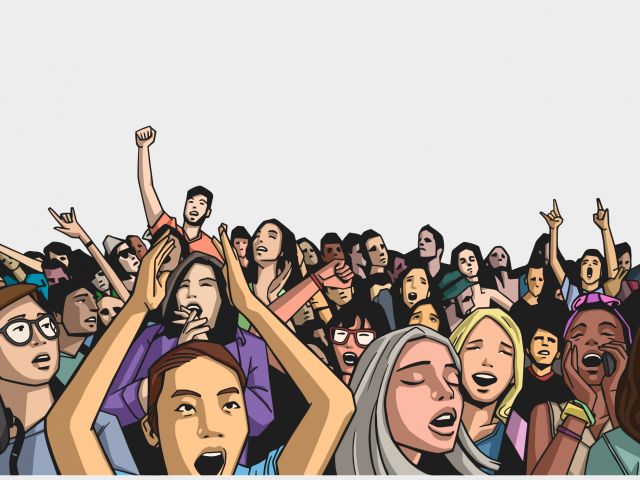

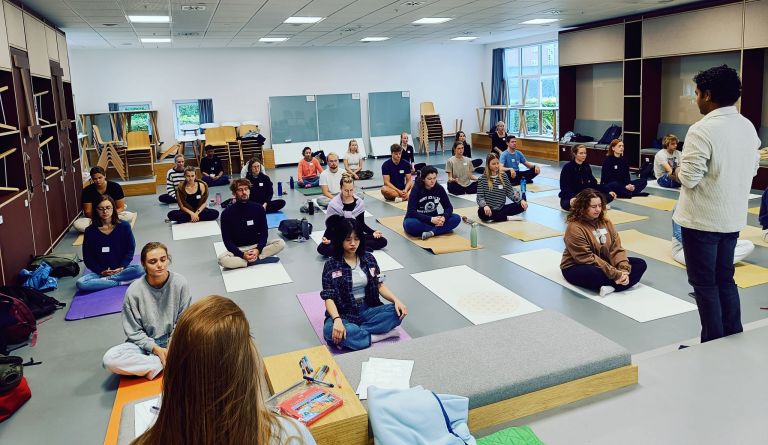











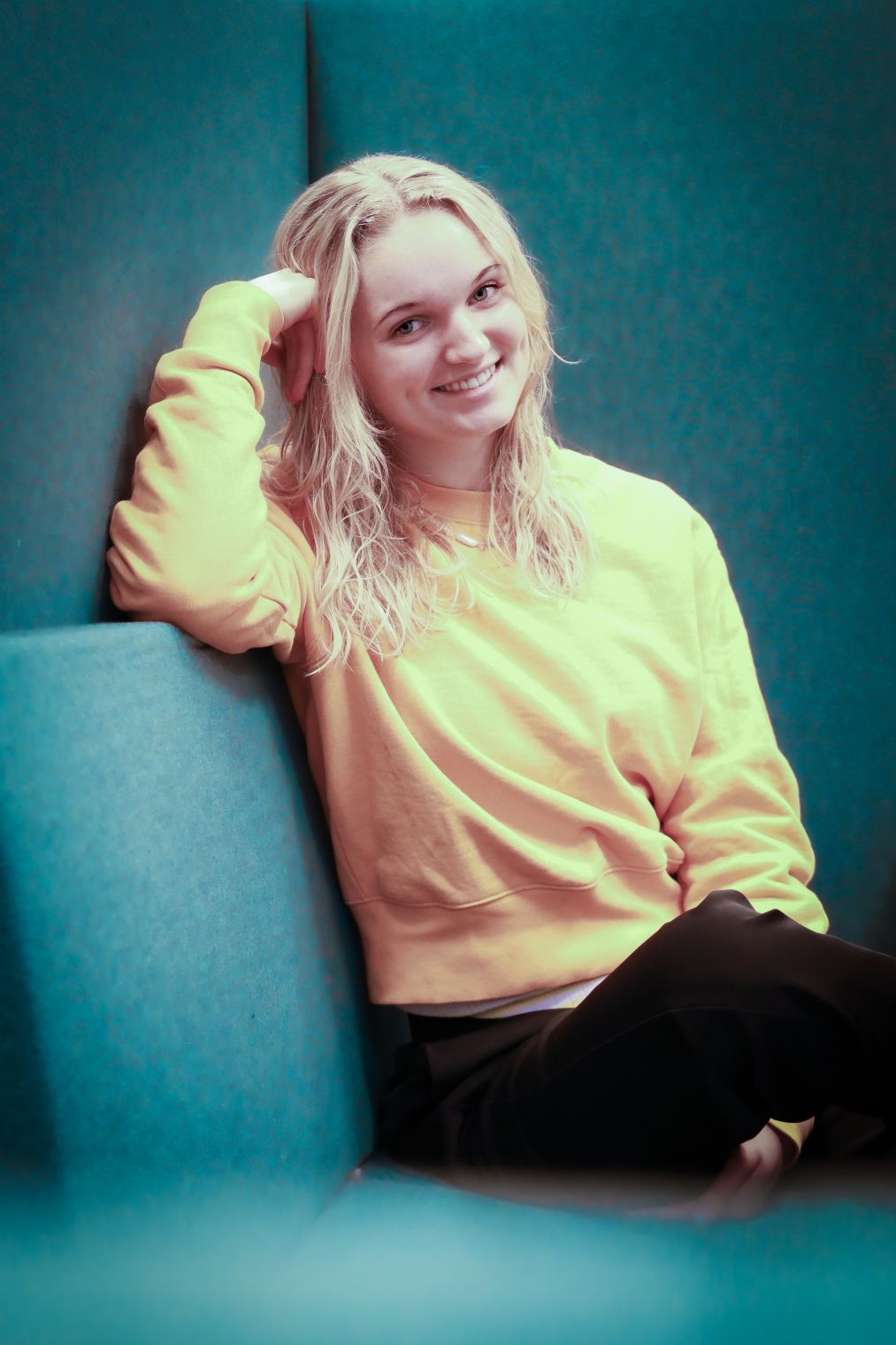





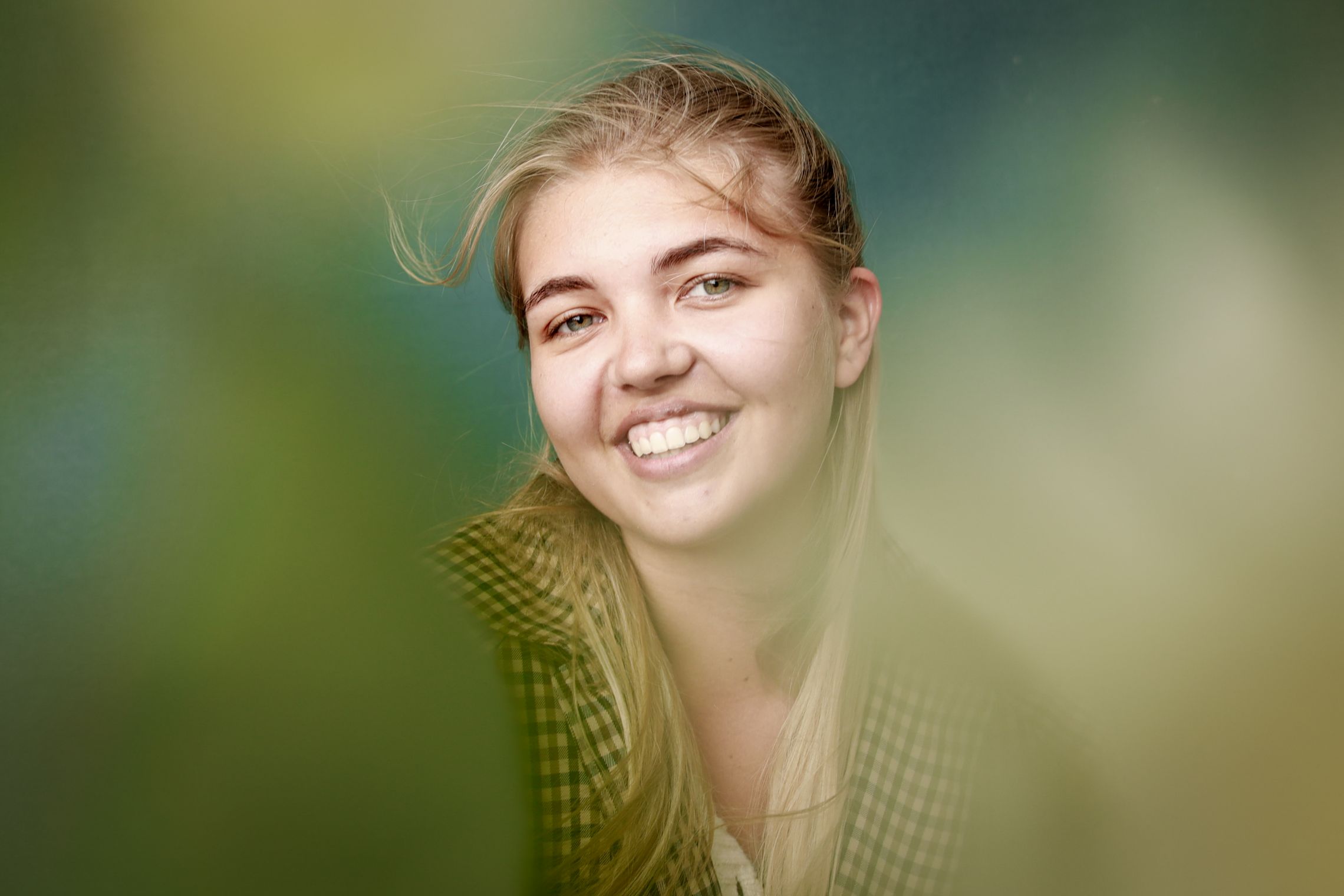


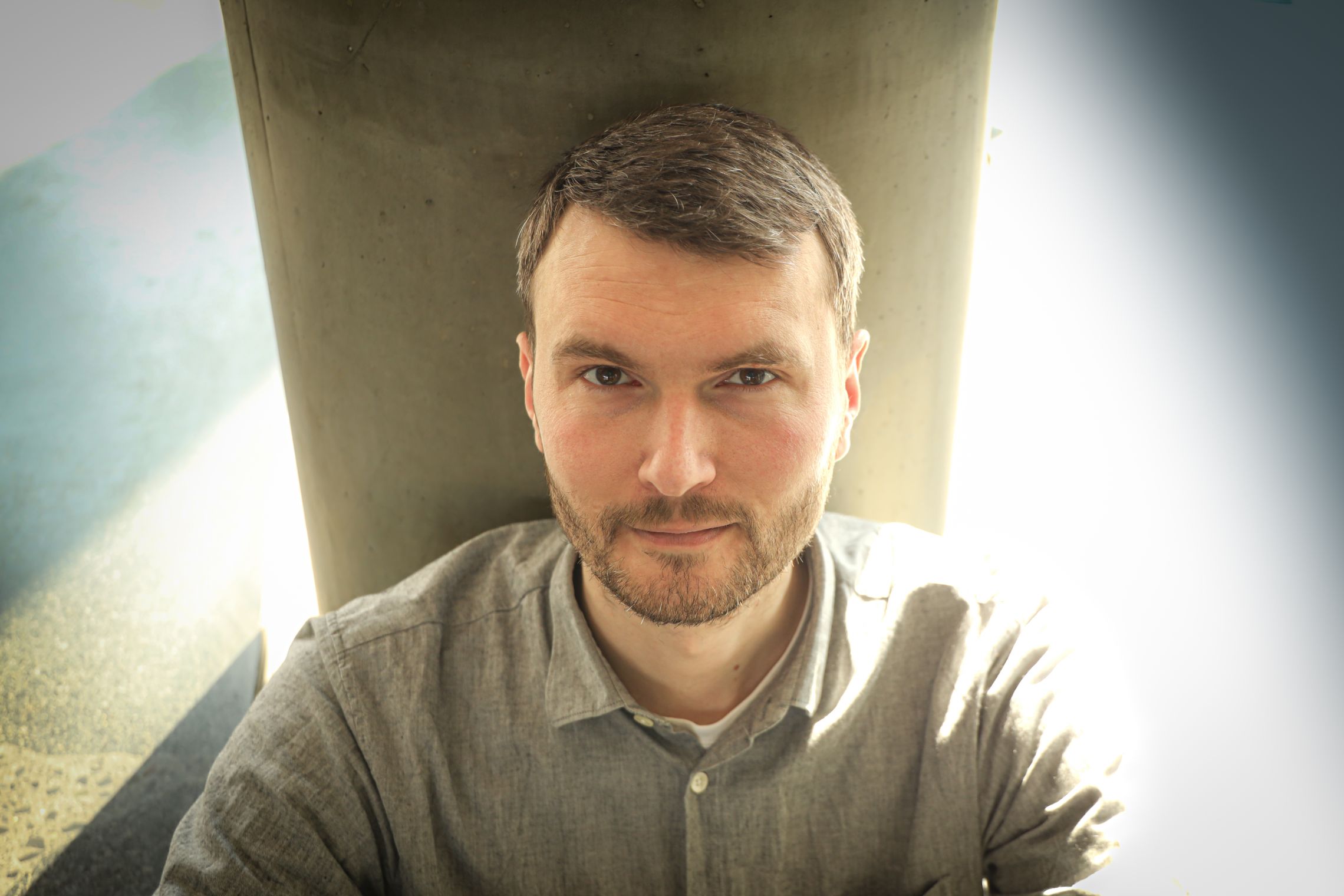








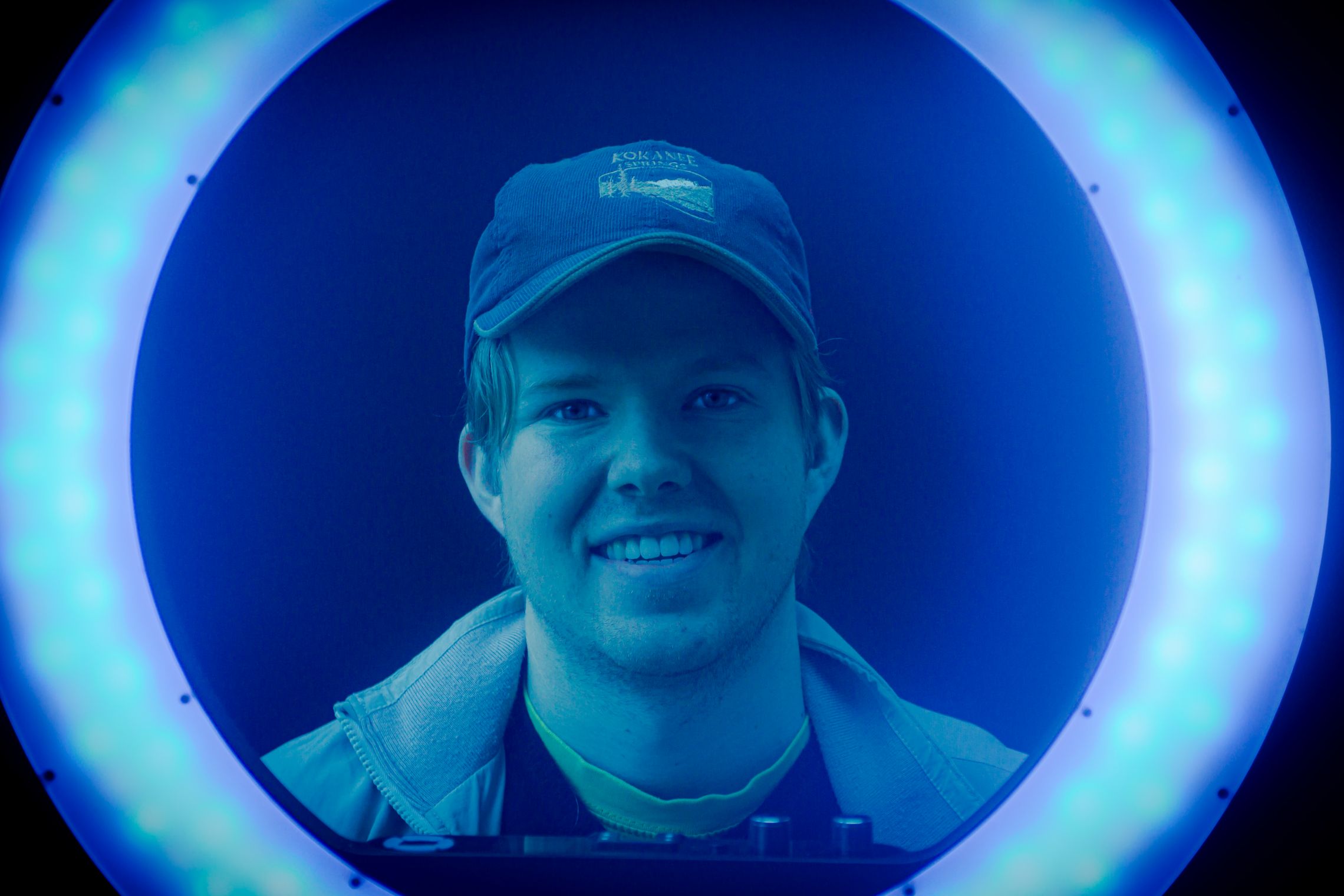
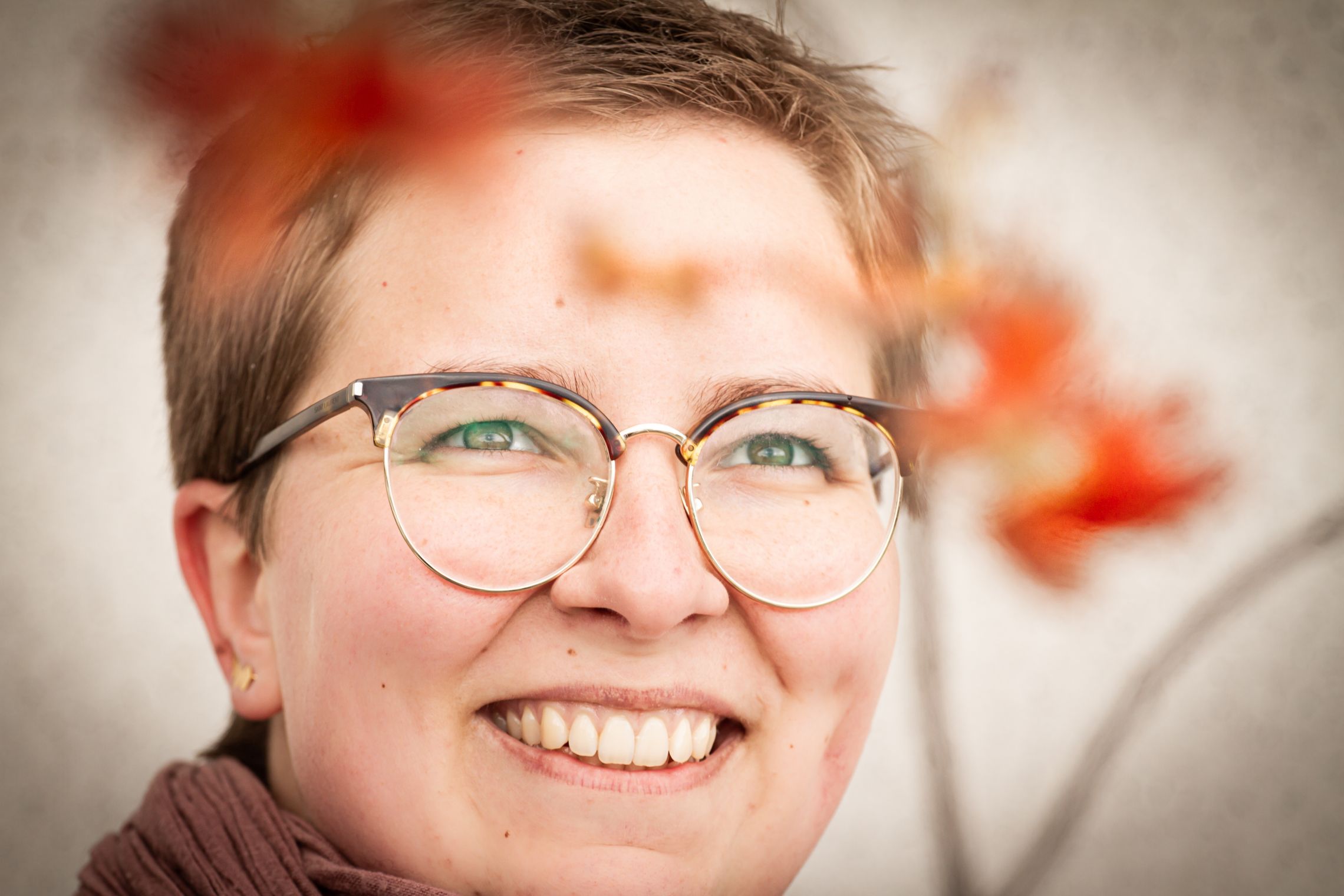











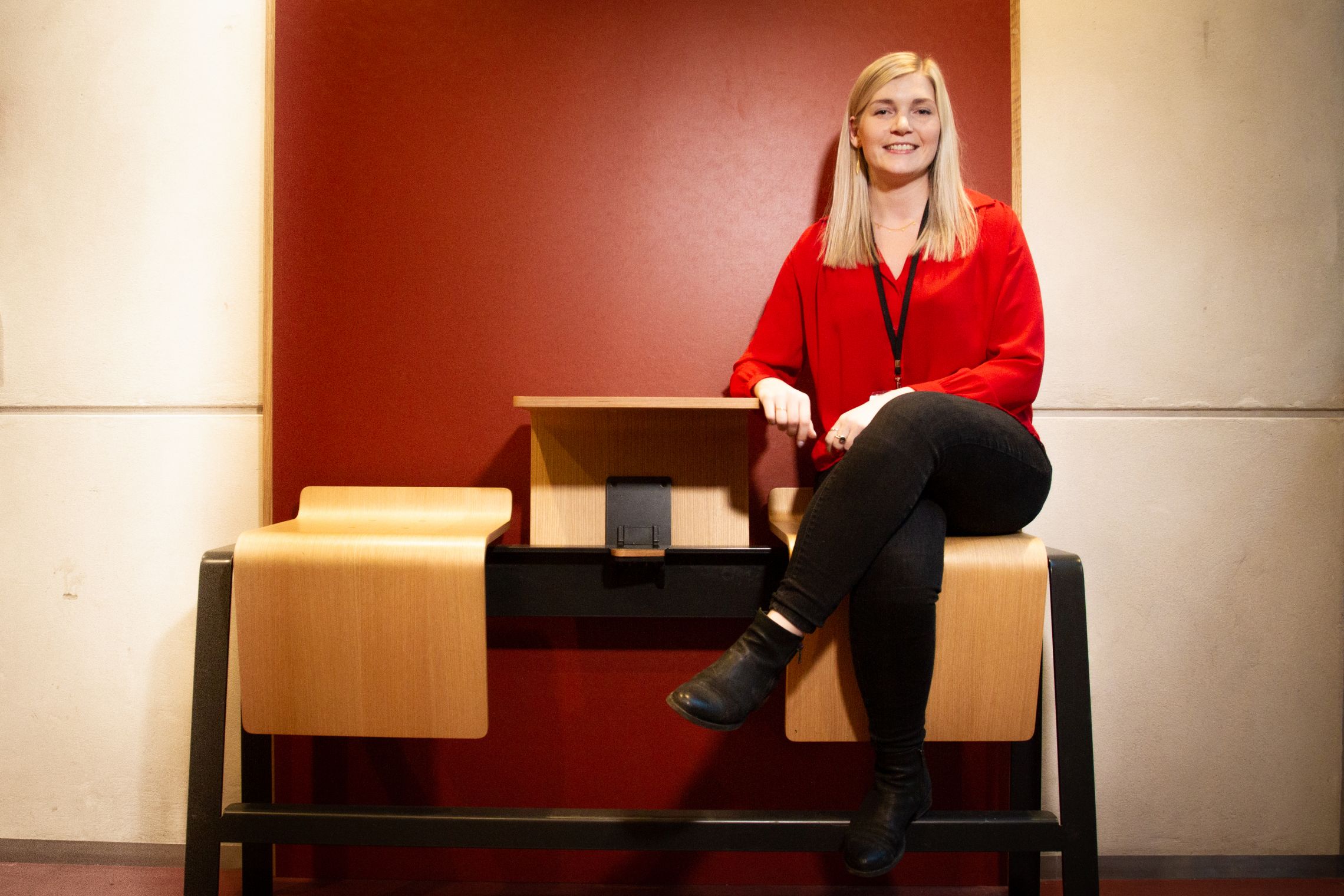


















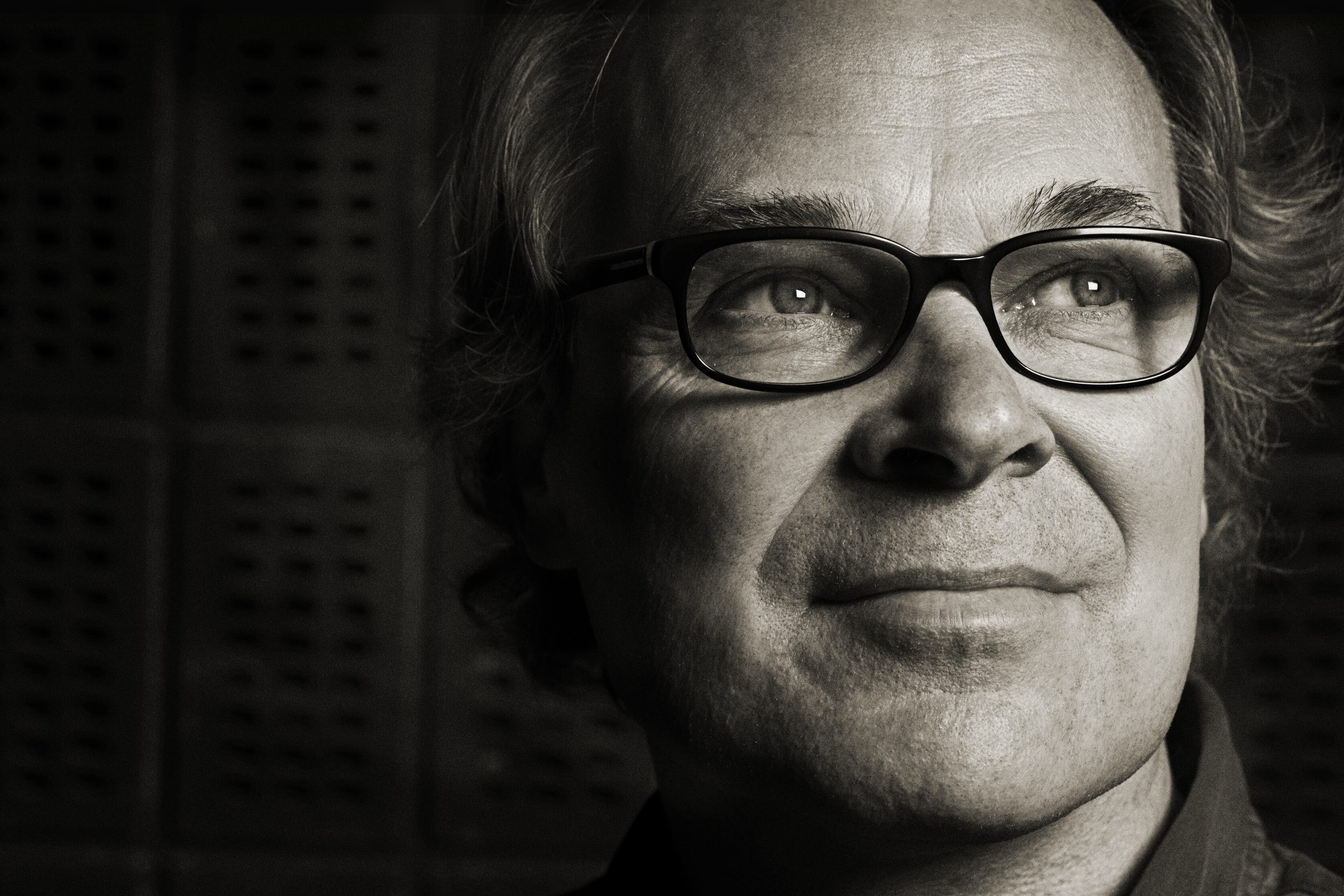






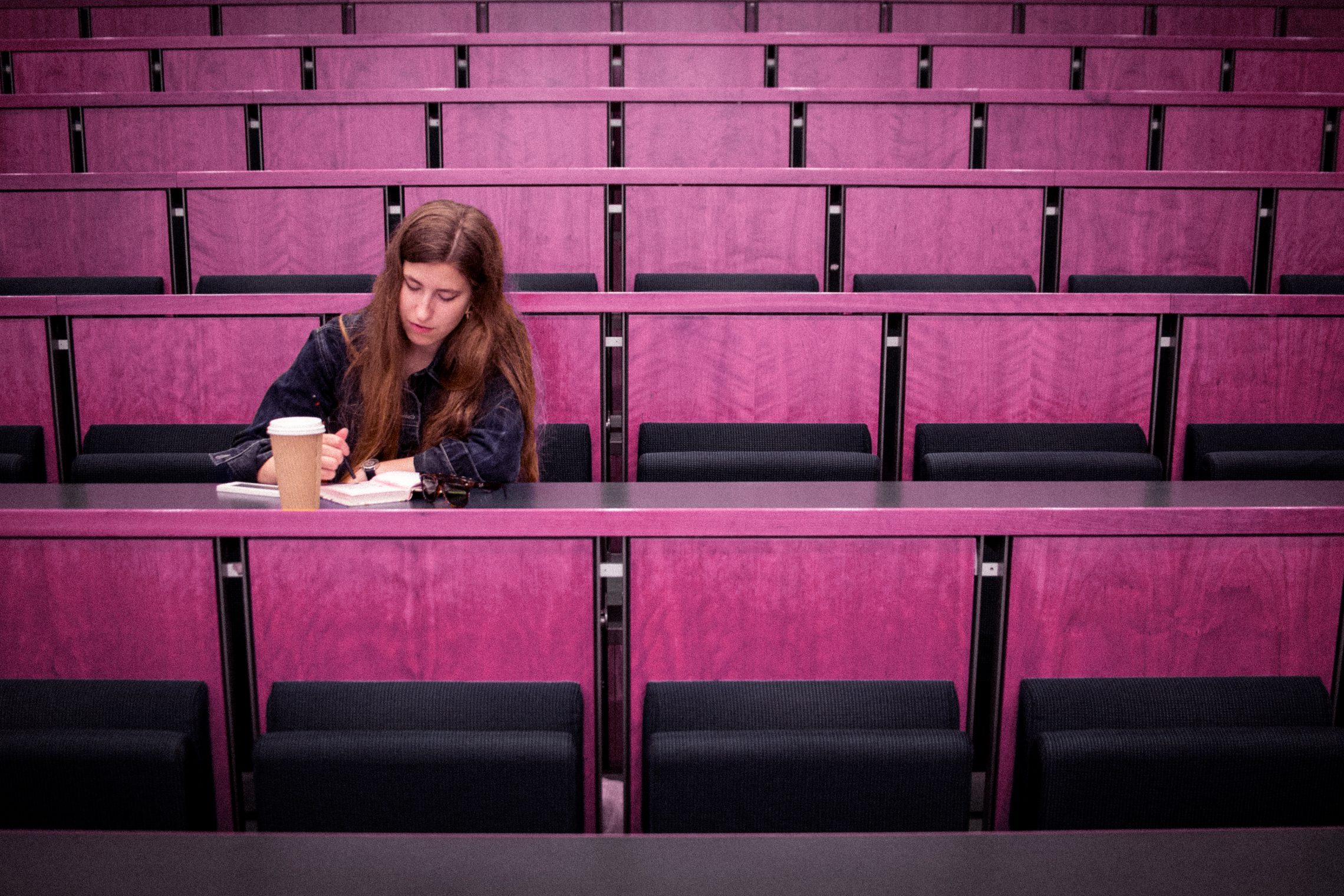

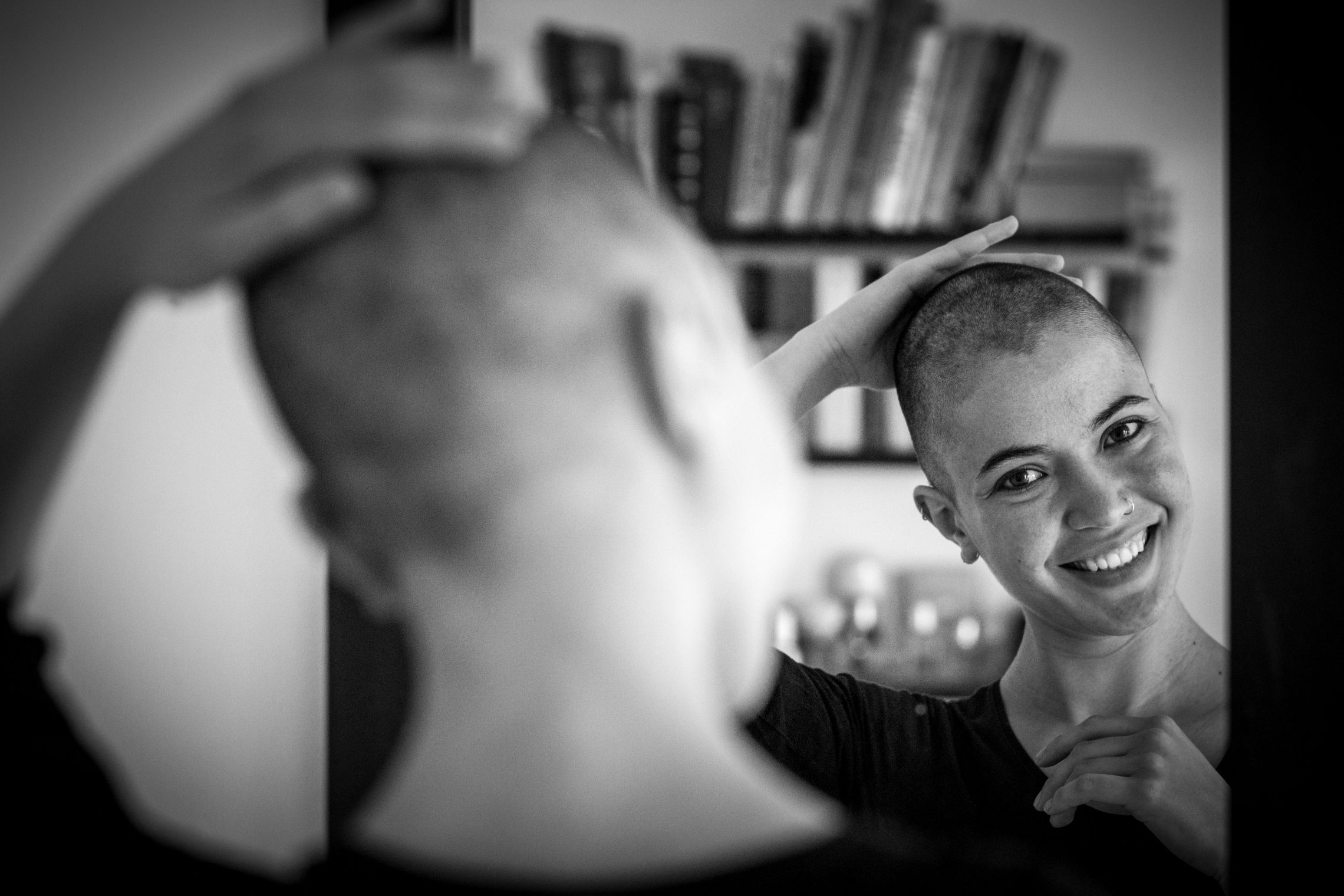












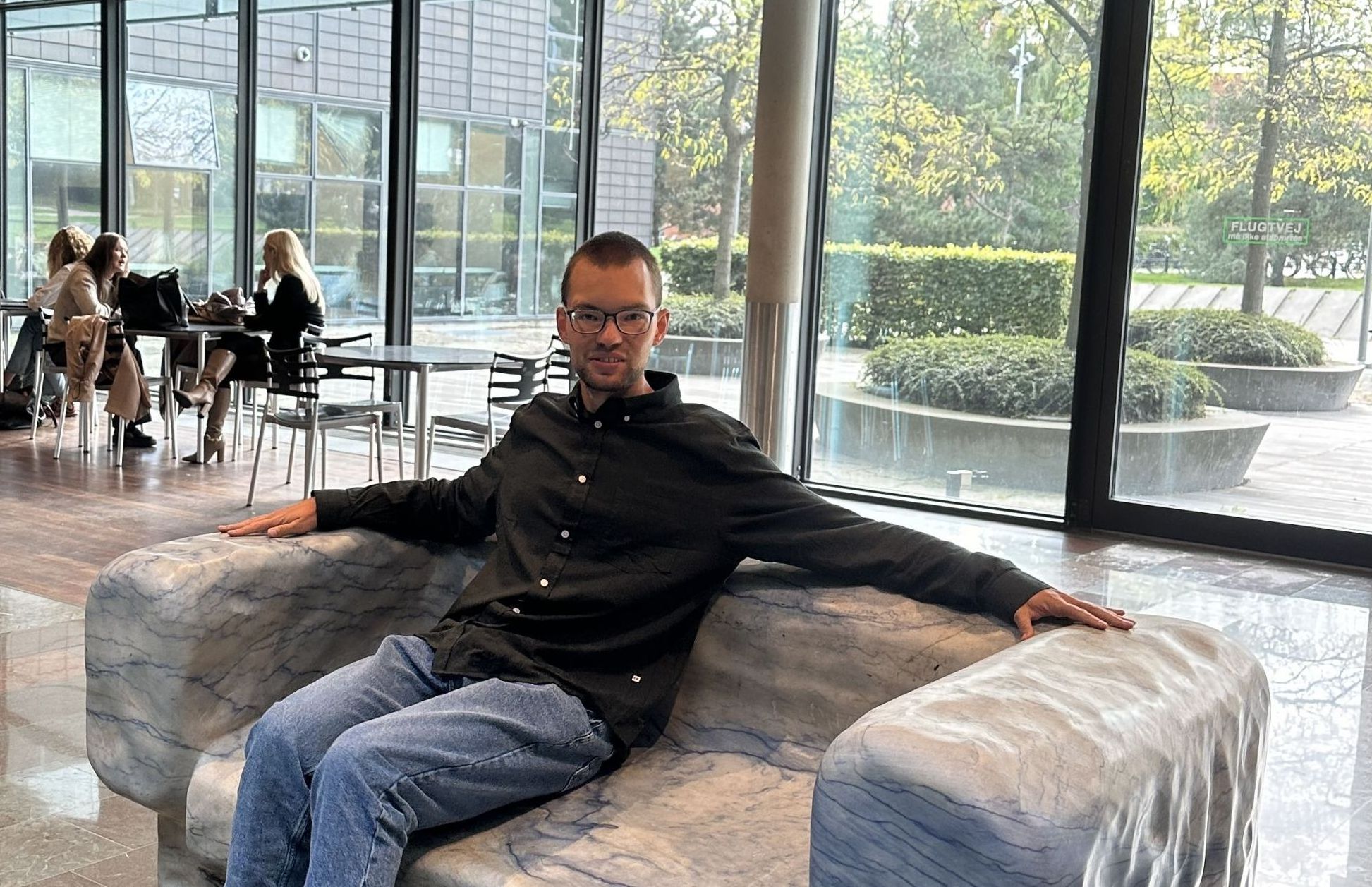










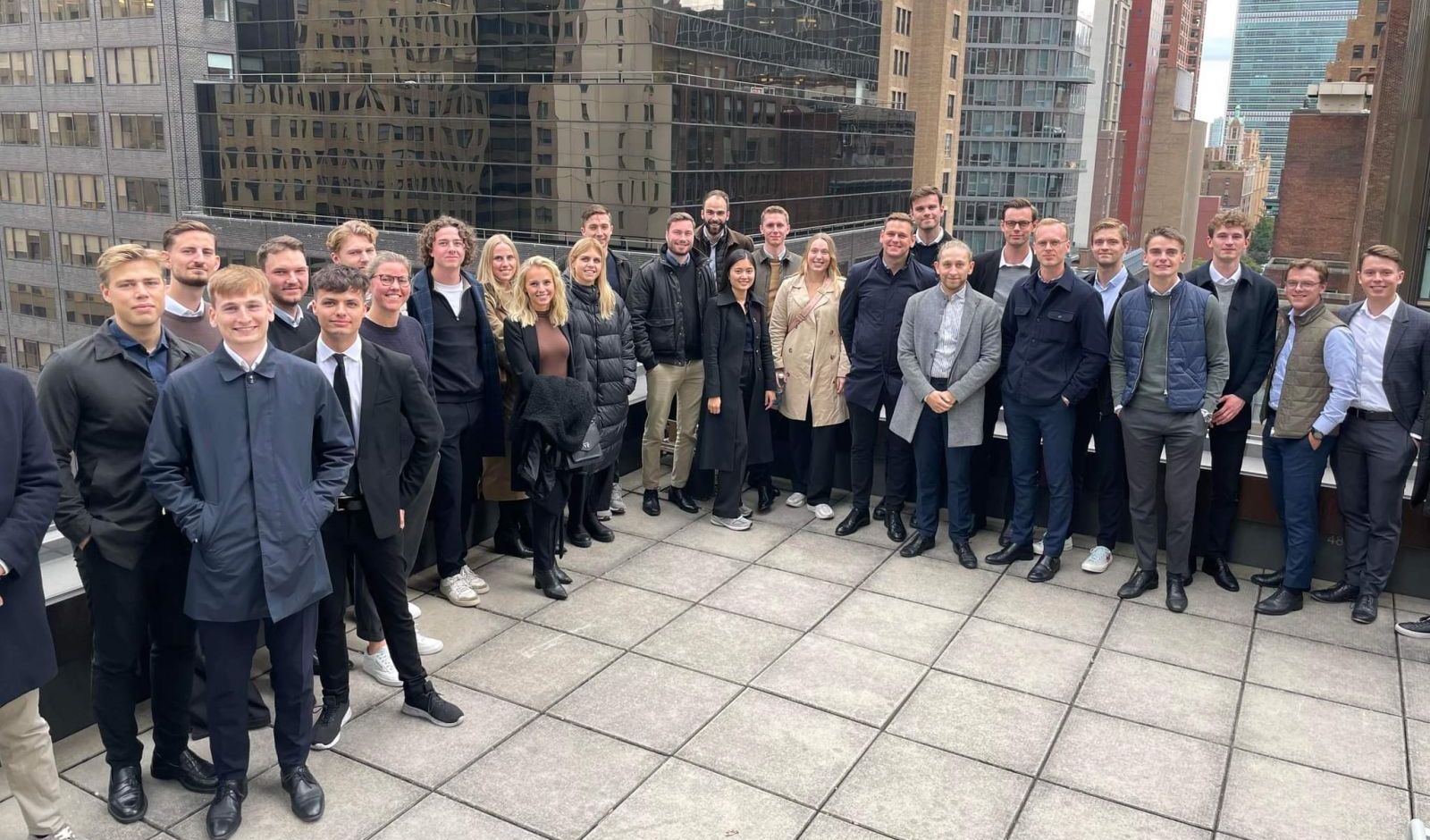



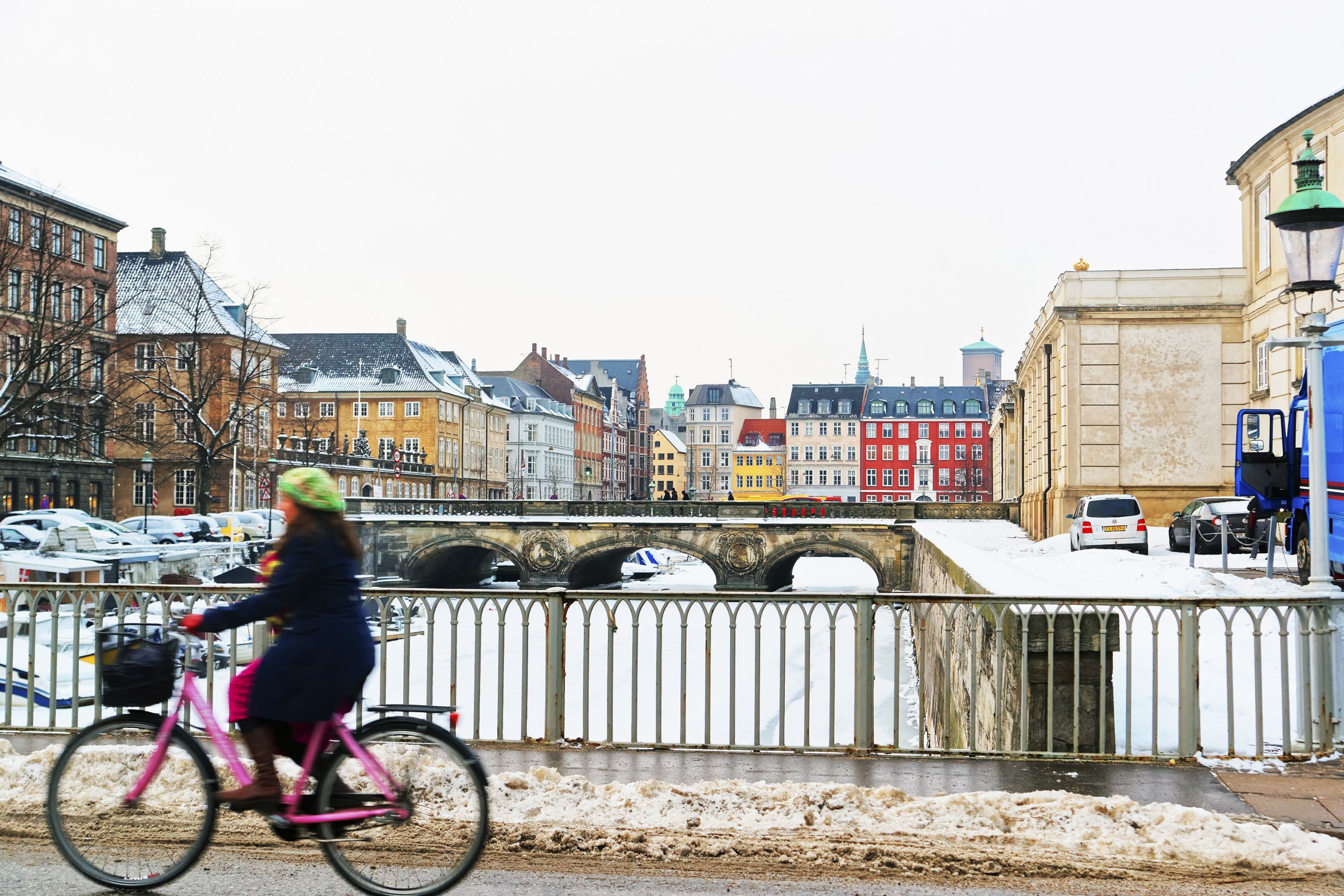














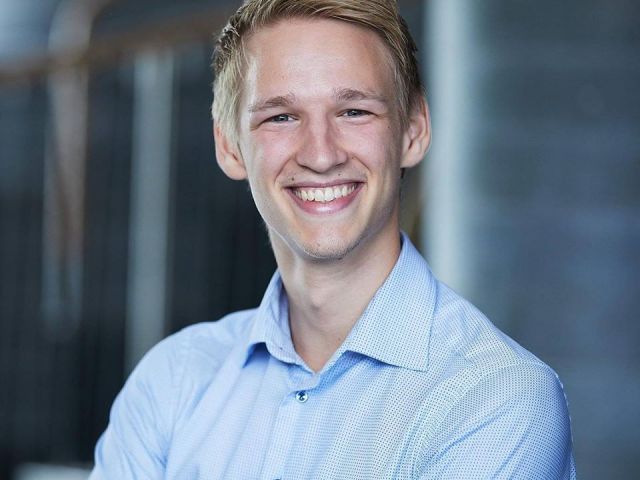









Comments